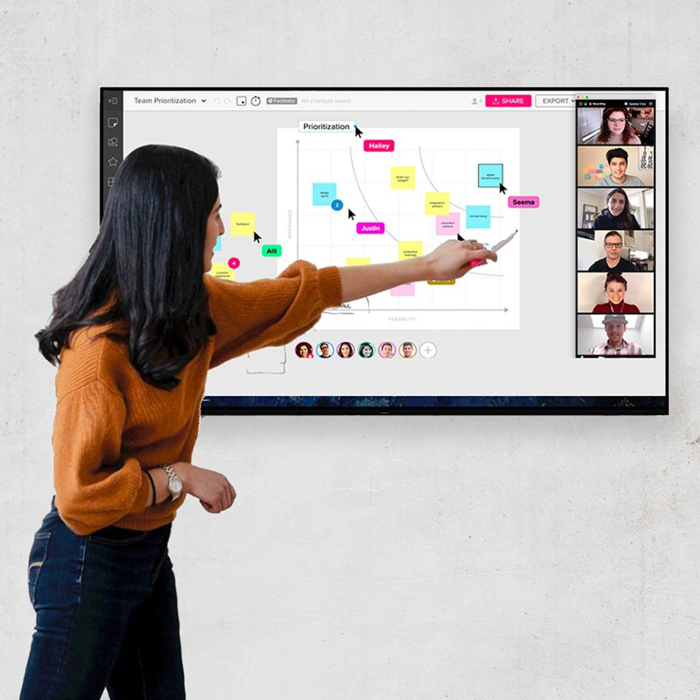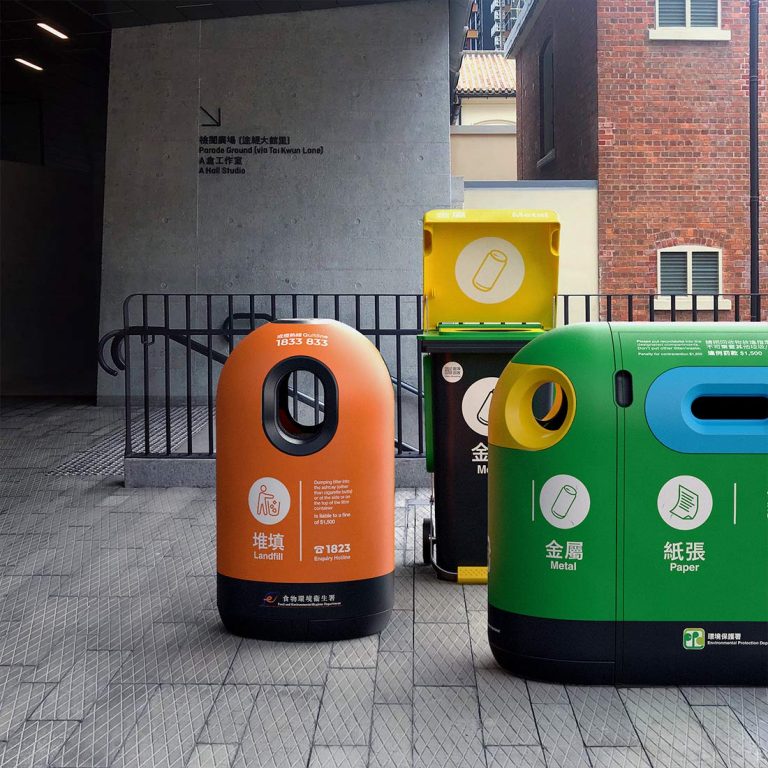As designers we often pride ourselves on our creative ingenuity and ability to translate abstract thoughts into creative solutions. Now when artificial intelligence (AI) is becoming a reality and used to maximize the chance of success we are seeing some serious competition to our human intelligence that we hold so high. We are living right in the midst of an AI boom where machines are mimicking human brain and in many cases, outperforming us.
A tool for Innovation
Human-centered innovation that has competitive value begins with unearthing a customer’s unmet needs. One of the greatest struggles for designers has always been to easily identify these areas. In comes AI and stretch innovation by allowing designers to anticipate individual users’ needs.
Emotion-sensing AI technology incorporated in products detects users’ emotions and drives positive behavior change. An example is Emospark, a cube-shaped AI home device that uses language analysis and facial recognition to assess human emotion and maps out an emotional profile to deliver personalized music, video and images to enhance your mood.
Products are therefore no longer only performing a basic function, but are aware of their surroundings and user’s mental state and can actually take action on our emotions.
A mechanism for Trendspotting
Sifting through immense amount of data and finding patterns is something AI is particularly good at. AI can explore every nook and cranny of a product by reaching its tendrils out to all attributes such as color, pattern and silhouettes of the product, crunching more data faster than anything else. Because AI can both comprehend all product catalogues and collect behavioral data from consumers’ interaction with them, it can start to extrapolate from existing data, spot underlying patterns and draw conclusive correlations and comparisons in which products or styles are hot and which are not.
Women’s high fashion brand Marchesa, for example, enlisted IBM’s supercomputer Watson to design a high-tech dress embedded with LEDs for the annual Met Gala. To select the material and color, Watson analyzed 200 Marchesa dresses, ranking them in terms of the colors and number of times they were photographed. In this case, AI has effectively created a best-selling dress before a stitch is sewn.
Using AI in discerning trends will provide designers with powerful insights to stay ahead of both the trend curve and track competition, allowing them to stay on top of the latest category demands and react quickly
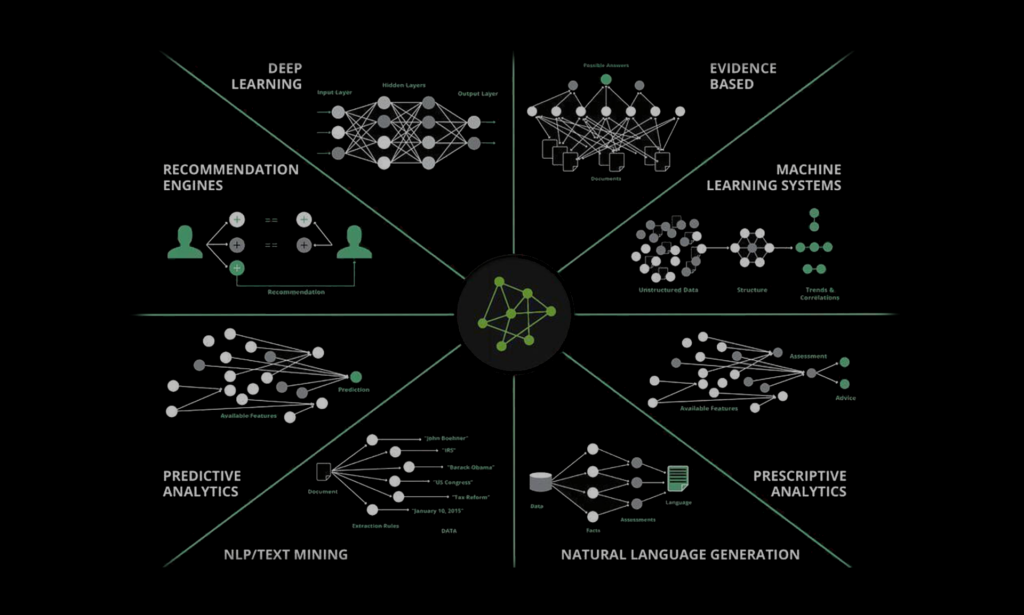
The Sky is No Longer the Limit
As we are quickly approaching a new AI era, designers’ role experiences a paradigm shift to becomes one of high-level visionaire. Designers climb further in the value chain because AI automation allow them to focus on aspects moving our society forward. Many creativity-stifling, repetitive yet necessary tasks of design production can be delegated to algorithms and computers.
As long as the designer lays out the logic and patterns that produce content, AI can then generate thousands of designs iterations on its own. Hack Rod, the world’s first car designed by AI does exactly that. The car and the driver were fitted with hundreds of sensors collecting data that are then fed into a computer powered by NVidia processors capable of machine learning. The generative design software Autodesk Dreamcatcher then takes the information and use it to design a better car. Basically, providing the computer with a set of parameters and AI then draws up the most suitable automotive design. Read more here
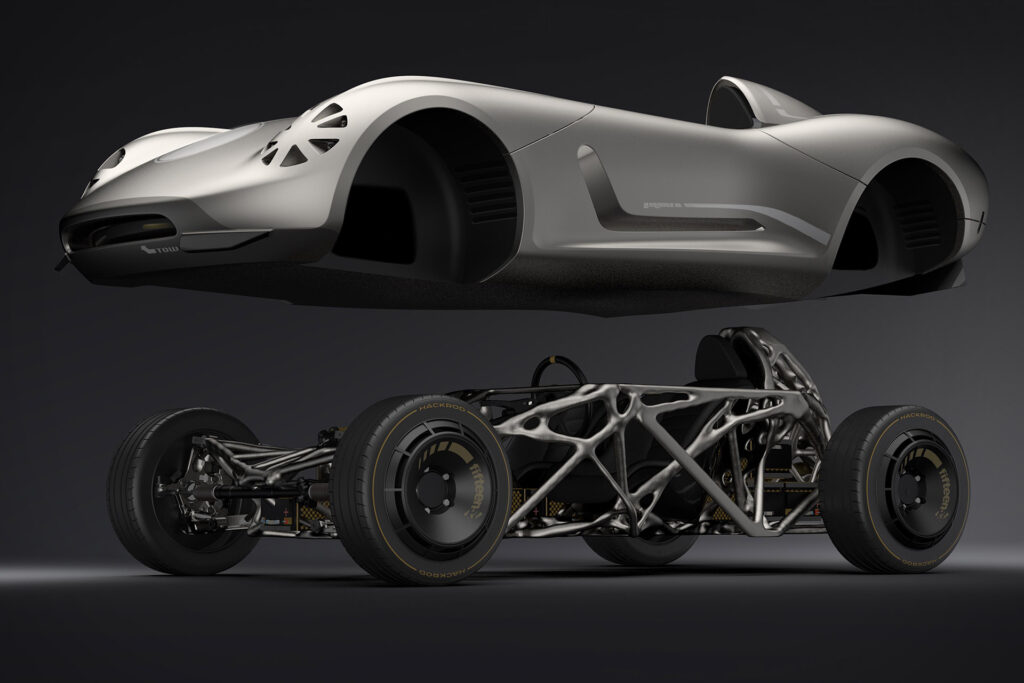
A final area where AI comes in handy for designers and architects is 3D printing. Rapid prototyping becomes truly rapid when 3D printers armed with AI-powered computer vision, such as the one created by London firm Ai Build back in 2017, enables 3D printing at larger scale, higher speed and reduced cost. AI massively amplifies the quality, quantity and diversity of design. Designers’ ability to explore in new territories, experiment, and refine over short periods is exponentially increased.
AI can augment designer’s own intelligence and unleash new possibilities. We are however not particularly close to a world where AI can make star-quality creative decisions extemporaneously, notwithstanding its ability to analyze and process enormous amounts of data like a whirlwind. As it stands, AI present much more of an opportunity than a threat to designers. It’s a matter of how we tweak AI to align it with our needs and wants.
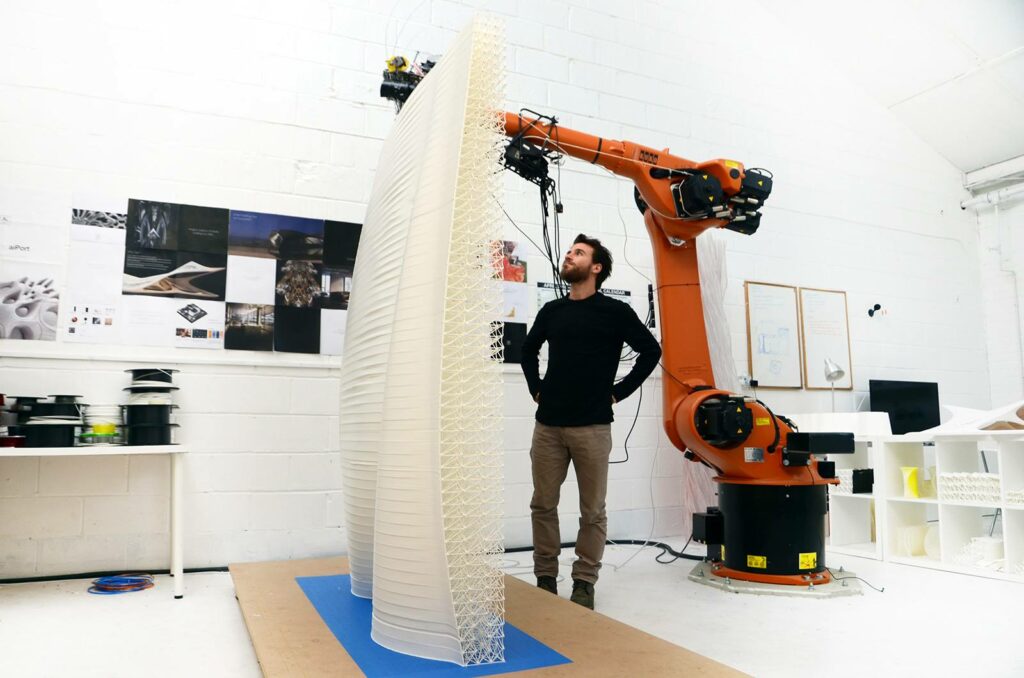
In the future however, when Elon Musk’s pursuit to merge the brain with AI materializes into reality, AI implementation could shake up the design game entirely. But until then, AI should give designers a big hand.
By Johan M Persson

